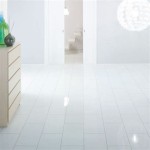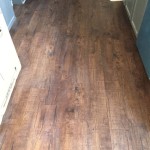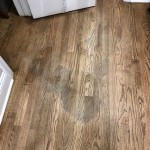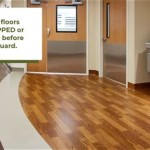Vinyl flooring is a popular choice for many homeowners because of its durability and cost-effectiveness. However, like any other type of flooring material, it is prone to water damage. Knowing how to detect and prevent water damage to your vinyl flooring is essential for ensuring that it can last for years to come.
Signs of Water Damage
The first step in preventing water damage is to be able to spot the signs. If you notice your vinyl flooring becoming discolored or warping, then it is likely that there is a water leak somewhere in the area. Additionally, you should also be on the lookout for any signs of mold or mildew, as these can be indicative of water damage as well.
Repairing Water Damage
If you have identified water damage to your vinyl flooring, then it is important to take immediate action. Depending on the severity of the damage, you may need to replace the affected area or the entire floor. If the damage is minor, then you may be able to repair it with a vinyl repair kit. However, if the damage is more extensive, then it is best to have a professional assess the situation and decide on the best course of action.
Preventing Water Damage
The best way to prevent water damage to your vinyl flooring is to be proactive. Regularly inspect your flooring for any signs of water damage and address any issues as they arise. Additionally, you can take steps to reduce the risk of water damage by sealing your floor with a waterproof sealant and making sure that any pipes in the area are well-maintained.
Cleaning Vinyl Flooring
It is important to clean your vinyl flooring on a regular basis in order to keep it looking its best. You should use a mild detergent and warm water to clean the surface, and always make sure to dry the area thoroughly after cleaning. Additionally, you should avoid using abrasive cleaners or scrubbing too hard, as this can damage the flooring and increase the risk of water damage.
Protecting Vinyl Flooring
In addition to cleaning and inspecting your vinyl flooring regularly, you should also take steps to protect it from water damage. For example, you should avoid placing potted plants directly on the floor, as this can lead to water damage over time. Additionally, you should make sure to remove any spills immediately, as leaving them on the floor can lead to staining and water damage.
Conclusion
Water damage can be a major problem for vinyl flooring, but it can usually be prevented with regular maintenance and inspections. Being aware of the signs of water damage and taking steps to protect your flooring can help to ensure that it will last for years to come.













Related Posts









